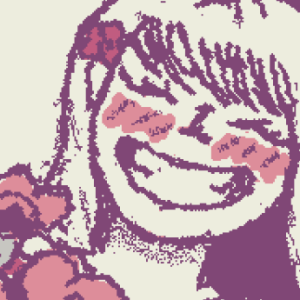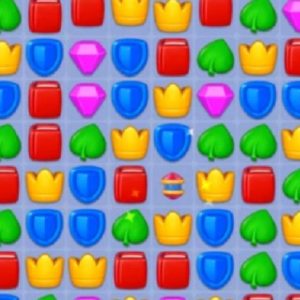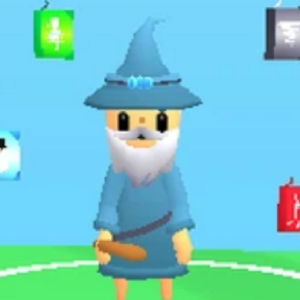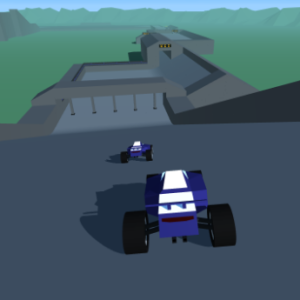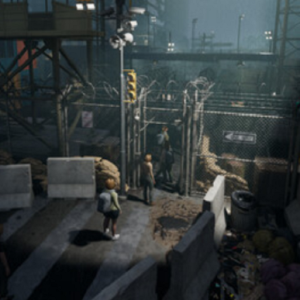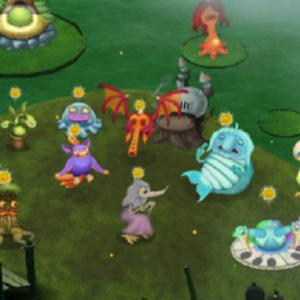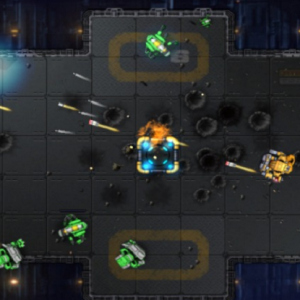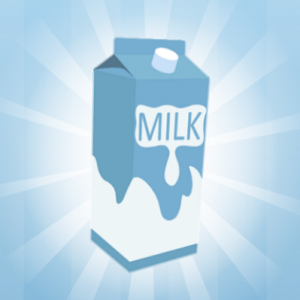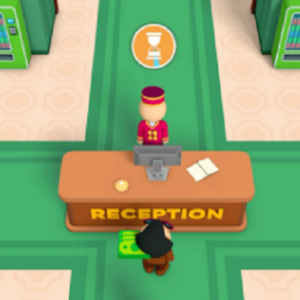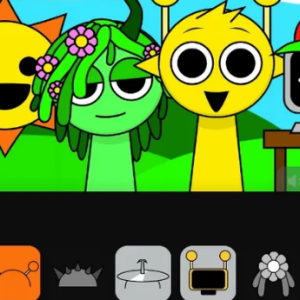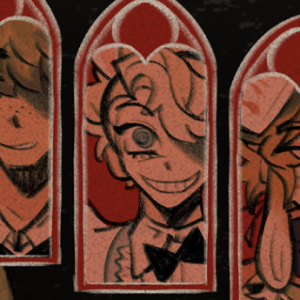Similiar games
Wiggly Paint is a drawing-based casual game that focuses on movement and control rather than accuracy. The player manipulates a flexible brush or object to create patterns, shapes, or abstract forms within a confined screen space. The environment is simple and functions primarily as a canvas where motion replaces precision as the main mechanic. Each action is defined by continuous input rather than static lines, producing shapes that shift dynamically as the brush reacts to movement speed and direction. The structure encourages experimentation through motion and repetition rather than fixed outcomes.
Gameplay System and Core Mechanics
The primary design of Wiggly Paint relies on physical input and visual feedback. The player interacts with a tool that reacts in real time to movement, forming trails of color that bend and twist according to the user’s gestures.
The core gameplay elements include:
- A reactive brush that changes form based on speed and pressure.
- A physics system that introduces elasticity and drag to brush motion.
- A limited set of colors and modes for controlled experimentation.
- Adjustable sensitivity settings that modify the behavior of the brush.
Each element combines to create a consistent rhythm of drawing through motion. Unlike traditional art programs, Wiggly Paint interprets gestures as physical reactions rather than static strokes.
Interface and Interaction
The interface of Wiggly Paint is minimal, featuring a blank canvas and a few control icons for color, mode, and reset. The main interaction happens directly on the canvas, using touch, mouse, or stylus input depending on the platform. Visual output is continuous — every movement leaves a trace that persists until cleared. The game has no objectives or levels; instead, it provides an open system for free-form expression. The simplicity of the layout allows players to focus entirely on how movement translates into pattern without external distraction or reward systems.
Visual and Technical Framework
Wiggly Paint employs a two-dimensional rendering system that tracks brush position, speed, and deformation. The brush behaves like a soft object with weight and resistance, producing variable thickness and oscillation. The physics model defines how each stroke reacts to the player’s direction and timing. Sound is optional but can reflect movement intensity through short tones or rhythmic feedback. The software runs efficiently on low-end devices, maintaining frame stability during continuous input. The design supports both quick sessions and longer creative use, depending on user intent.


